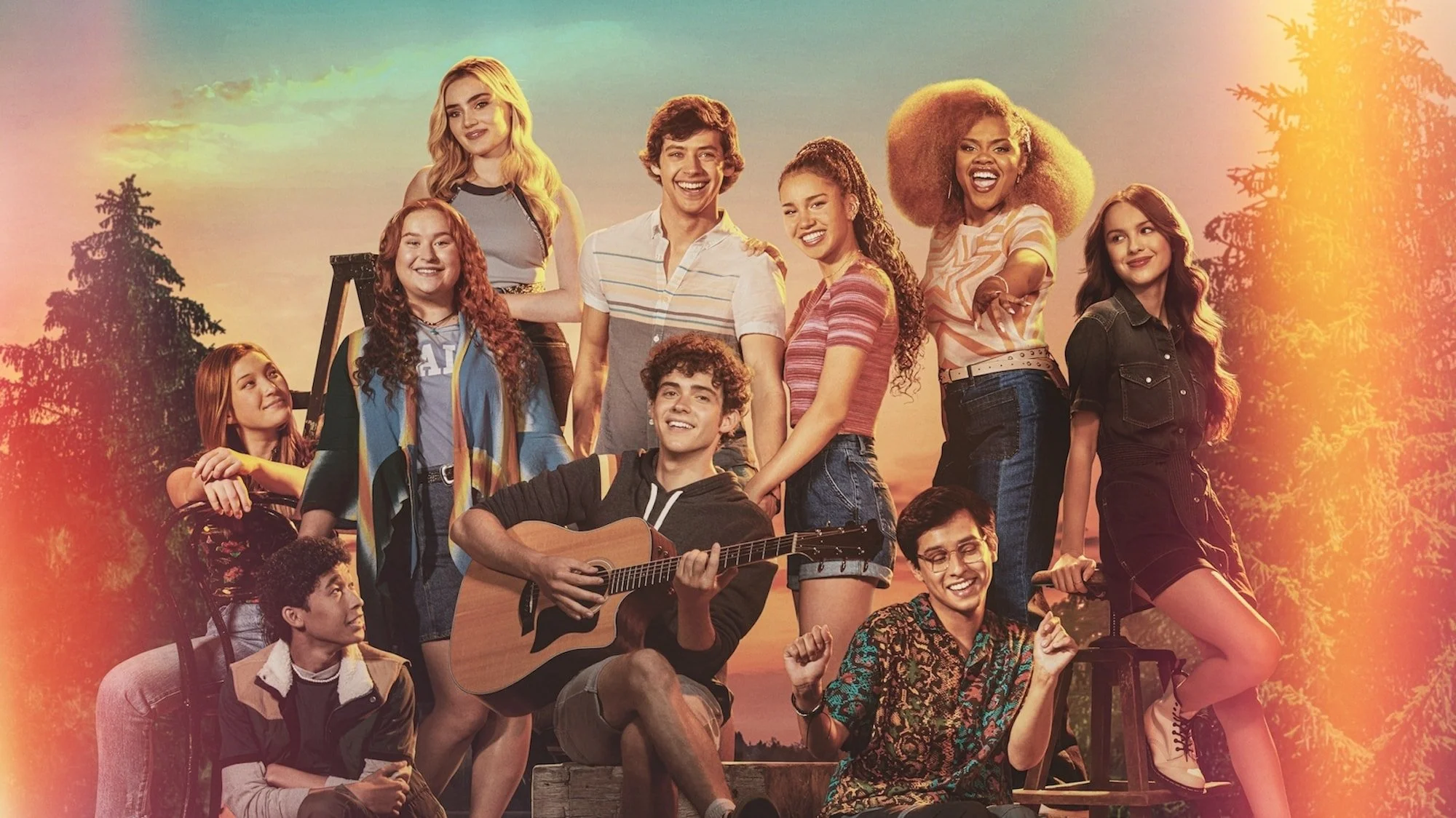Frumpy or fashionable? A Retrospective on Y2K Fashion Then and Now
From low-rise jeans to velour tracksuits and Juicy Couture, the revival of Y2K style has dominated fashion trends of the early 2020s. Just a few years ago, social media was tearing apart early 2000s looks like Britney Spears and Justin Timberlake’s iconic matching denim-on-denim looks at the 2001 American Music Awards or Ashley Tisdale’s various layered jeans, dresses, and funky scarves on red carpets. As we approach 2022, over two decades later, full denim fits and pieces that are layered until the original outfit is unidentifiable are back in full force.
However, as gaudy and fun as Y2K fashion can be, the ghosts of the late 1990s and early 2000s fatphobia linger. “Heroin chic,” as many have coined it, was the prevailing aesthetic of the time. Models like Kate Moss encompassed the beauty standard of looking frail and gaunt; the phrase “heroin chic” therefore stemming from the appearance of stick-thin models and celebrities as if they were heroin addicts. Another facet of this aesthetic is its proximity to whiteness, with pale skin deemed an important part of achieving the heroin chic look.
Despite the Y2K look being pioneered by the Black community, it is often attributed to and associated with notoriously racist celebrities like Paris Hilton. Baby Phat, the iconic brand created by Kimora Lee Perkins (previously Kimora Lee Simmons), a biracial Black and Japanese-Korean woman, popularized the velour tracksuits and bedazzled logos that encapsulate much of the Y2K look. Perkins’ brand dressed Black megastars like Missy Elliot and Lil Kim. Juicy Couture and other brands now synonymous with Y2K fashion can trace their origins to Baby Phat and the style of Black men and women in the late 90s. That being said, the community’s contributions to Y2K fashion often go unmentioned.
While beauty standards have evolved in the twenty years since the peak of early 2000s pallid gauntness, many are more obsessed with the curvy BBL-body (the product of Brazilian butt lift surgery). This idea is being sought after in dangerously high numbers, with heroin chic slowly starting to creep back in, however, some would argue that it never left to begin with.
The fatphobia and anti-Blackness that was rooted in Y2K fashion and style as it was pioneered is still undeniably found in its renaissance. The most overt examples of this can be found on social media, TikTok in particular.
In videos of thin white creators styling avant garde Y2K adjacent looks, the comments are mainly positive-- save for a few tame critiques. However, in videos produced by creators who are Black and/or aren’t thin, the comments are far less supportive. Outfits are called “a mess,” figures and facial features are insulted. This then begs the question of whether thinness and whiteness play a role in who is seen as stylish and modern, and who is seen as frumpy and sloppy; the answer of which is a resounding “yes.”
Despite the body positivity movements of today seeking to uplift and provide equality for people of all sizes and races, the Y2K renaissance is working in tandem with the “BBL-effect” to resurrect old ideas of who is and is not trendy based on body shape.
Y2K style perseveres because it is expressive, futuristic, boujee, and campy. When limited to one race and size, it undeniably loses its charming eccentricity and contributes to the direct appropriation of Black culture and style. The problematic roots of 2000s fashion shouldn’t be ignored; digging them up and discussing the aspects of it that shouldn’t penetrate society and the fashion landscape today, is a far more fruitful solution.










